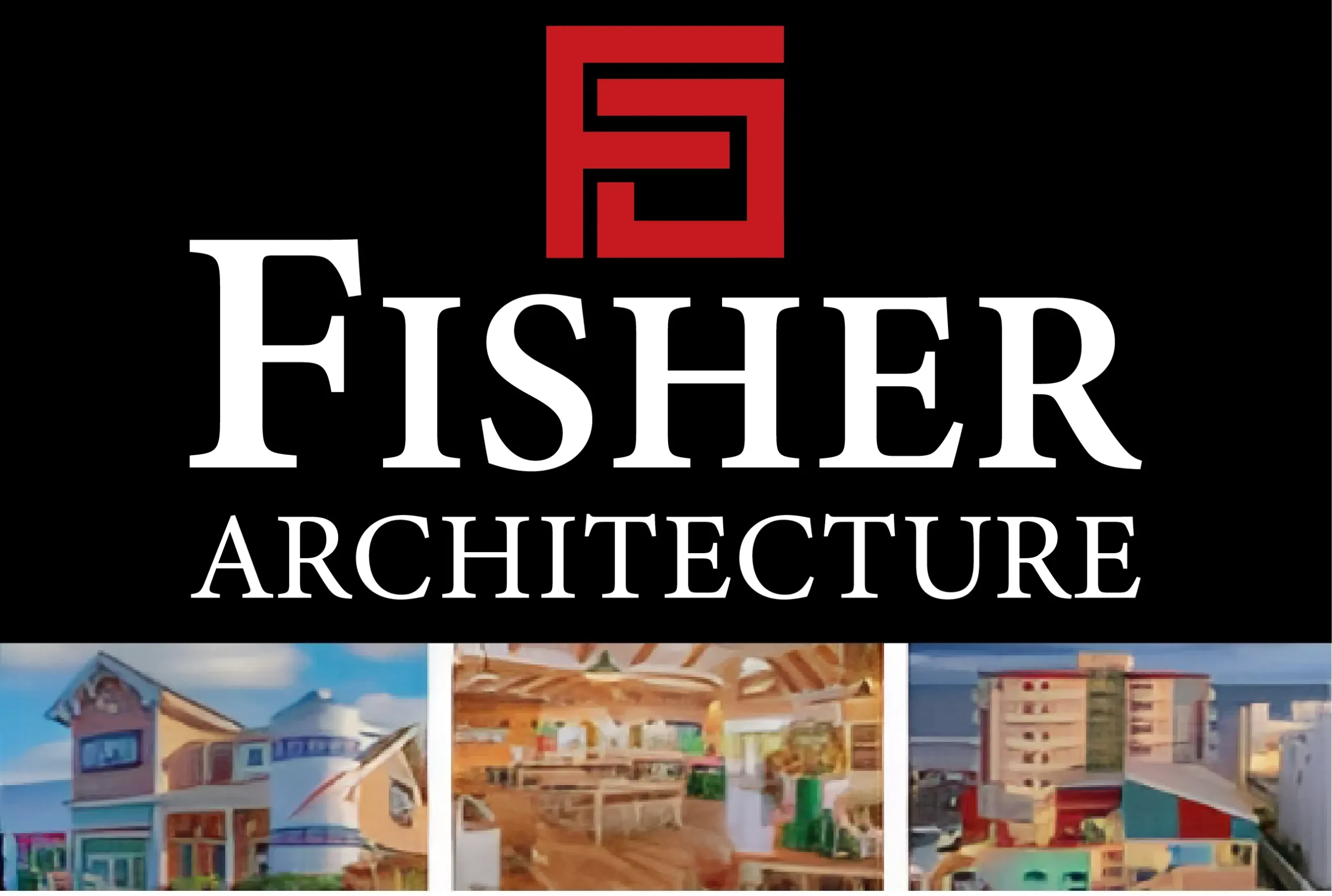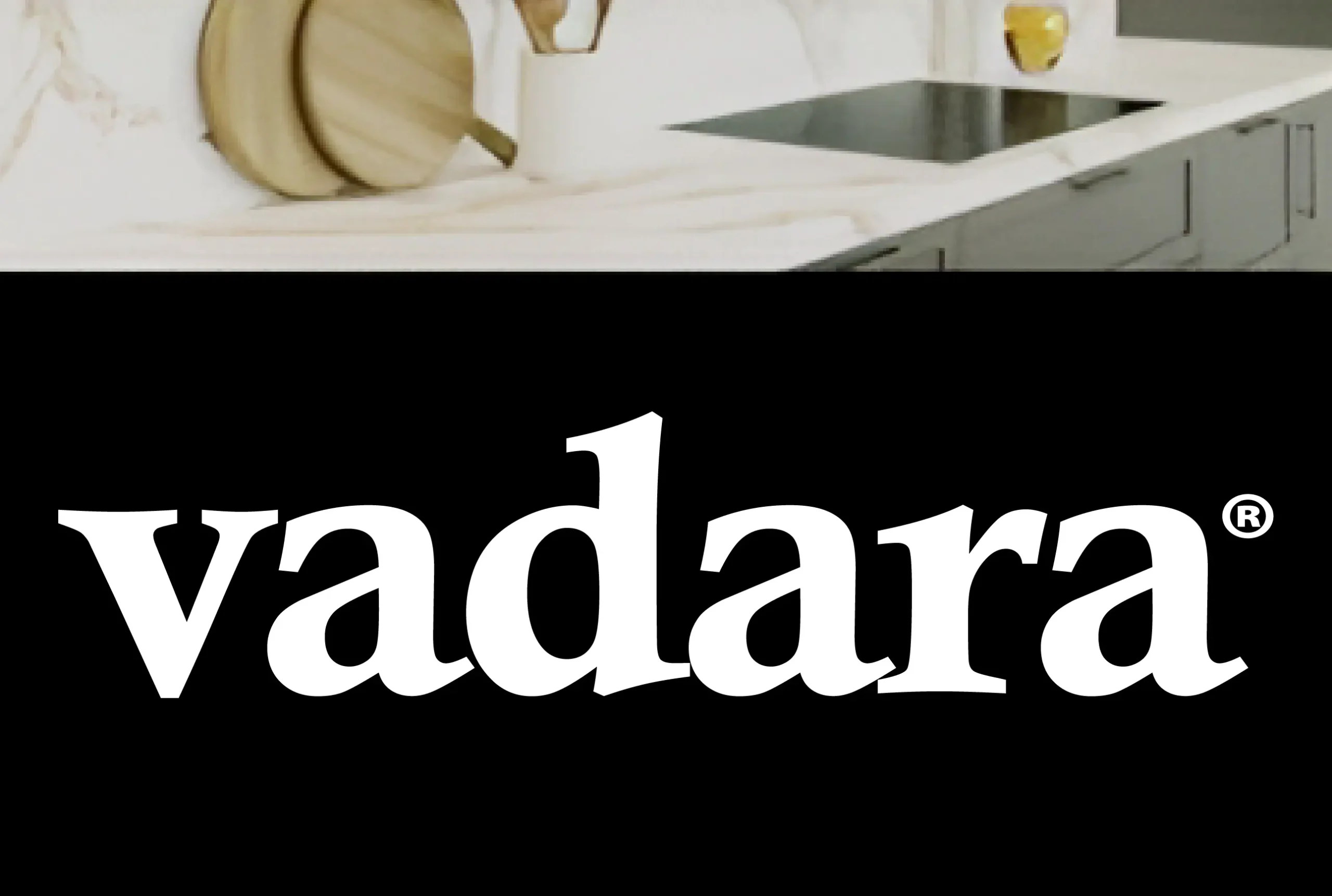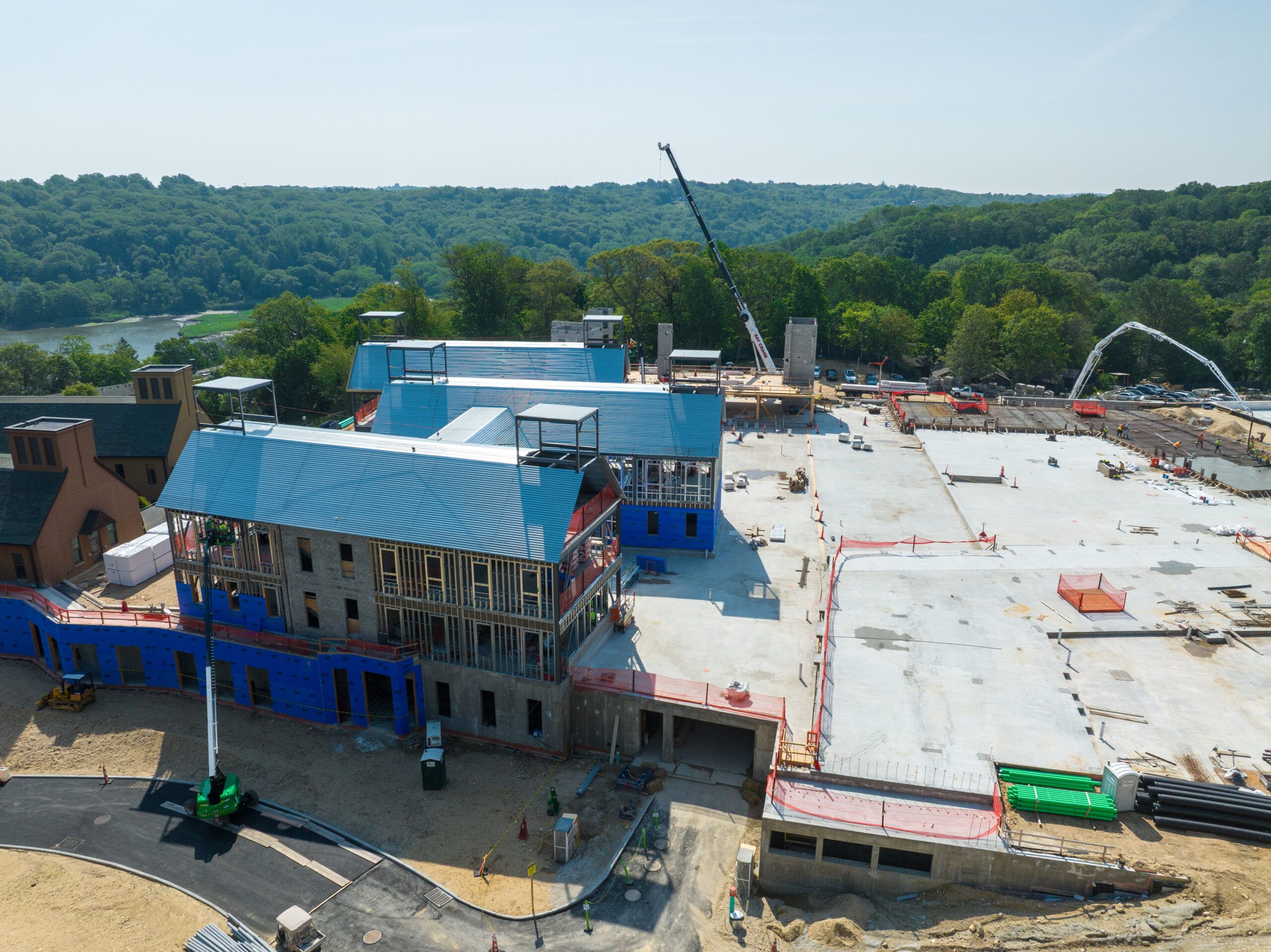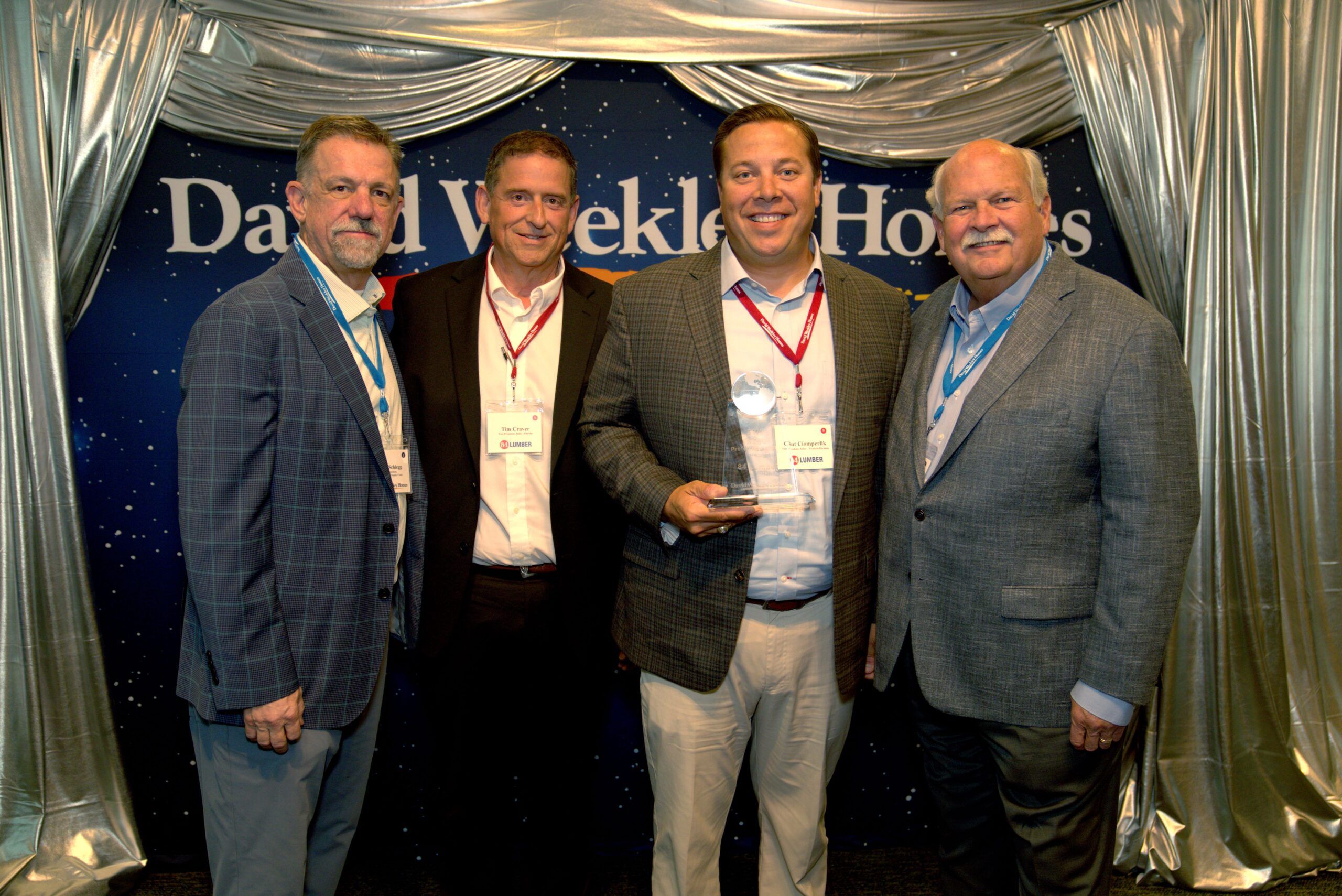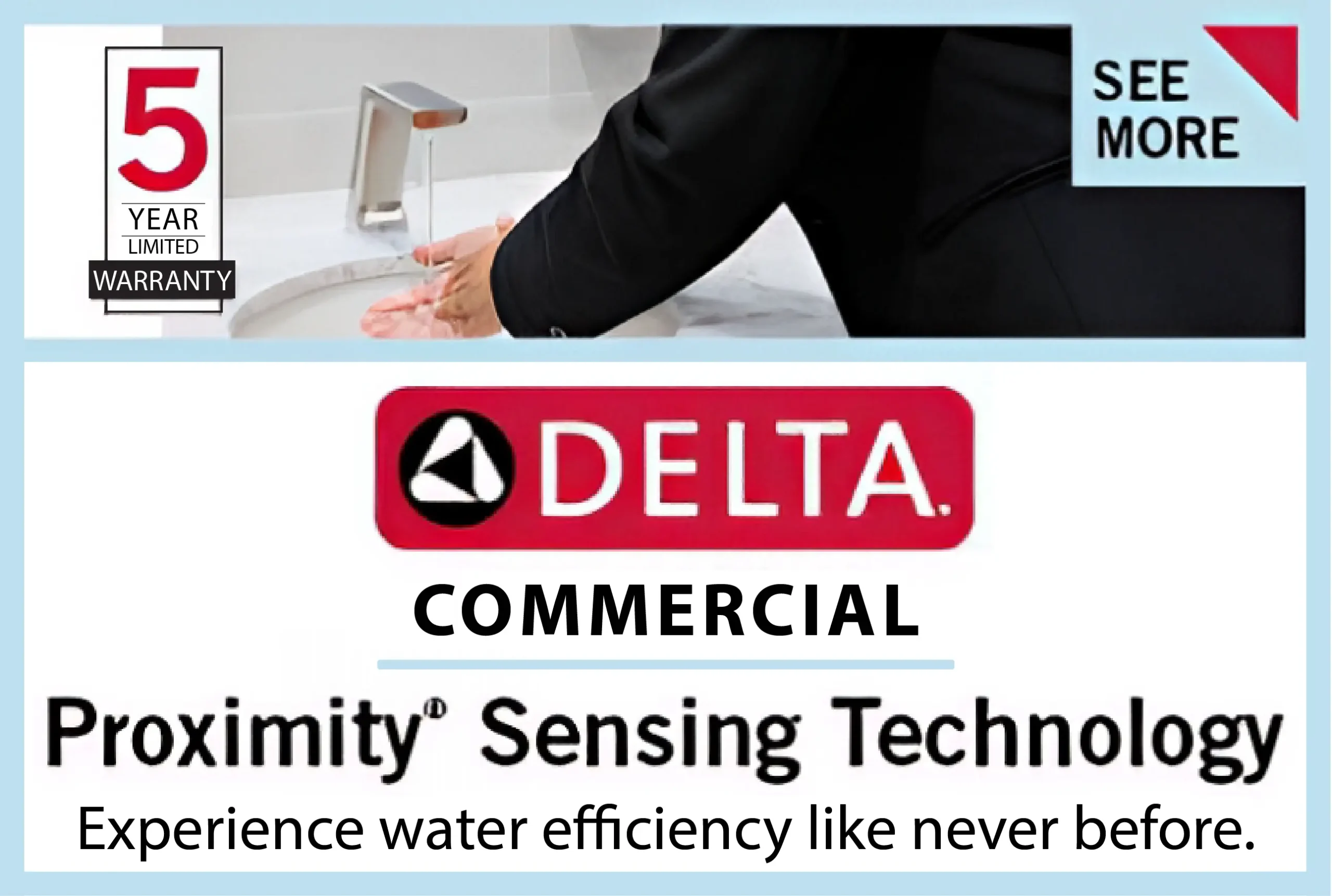In today’s competitive commercial real estate market, property managers are discovering that scheduled interlock repair services deliver far more value than simple visual enhancements. Beyond curb appeal, comprehensive interlock repair and maintenance programs provide crucial structural integrity, minimizing liability risks while extending the functional lifespan of valuable exterior assets. The difference between reactive and proactive approaches to hardscape management can significantly impact a commercial property’s bottom line, tenant satisfaction, and environmental footprint.
The Safety Imperative That Drives ROI
Let’s be honest – most facility managers don’t wake up excited about pavement maintenance. It’s hardly the glamorous side of commercial construction. Yet interlock repair represents one of the most overlooked safety investments a property can make.
Consider the liability math: a single trip-and-fall incident on commercial property averages $30,000-50,000 in direct costs, not counting reputation damage or insurance premium increases. Meanwhile, addressing deteriorating interlock systems before they create hazardous conditions typically costs a fraction of that amount.
It’s rather like changing the brakes on your car. Nobody enjoys spending money on brake maintenance, but everyone understands the catastrophic alternative. Similarly, interlock repair serves as the braking system for outdoor liability – an investment that prevents much costlier outcomes.
The safety benefits extend beyond obvious trip hazards. Properly maintained interlock systems provide consistent traction in wet conditions, create clear visual cues for level changes, and establish defined pathways that naturally guide pedestrian traffic away from potential hazards.
Environmental Performance You Can Measure
The environmental benefits of timely interlock repair might surprise even seasoned construction professionals. Modern interlocking systems often serve critical stormwater management functions that deteriorate when maintenance is deferred.
When permeable interlock installations lose functionality through joint material erosion or base compaction, they stop performing their designed water filtration role. The environmental consequence? Increased runoff carrying pollutants directly into waterways instead of natural filtration through properly maintained systems.
This environmental dimension resembles how an automobile’s emissions system gradually loses effectiveness without proper maintenance. You can’t see the degradation happening, but the environmental impact steadily increases until a small maintenance issue becomes a major problem requiring complete system replacement.
Smart property managers now include interlock repair in their sustainability programs, recognizing that maintaining these systems preserves their environmental benefits while documenting tangible green initiatives that increasingly matter to corporate tenants and municipal regulators.
The Hidden Structural Protection Layer
Beneath the visible benefits lies perhaps the most valuable aspect of interlock maintenance – structural protection for substantial underlying assets.
Think of interlock systems as the “roof” for your ground-level infrastructure. Just as building managers wouldn’t dream of ignoring roof leaks because of the potential damage to everything below, property managers shouldn’t defer interlock repair given what lies beneath these surfaces.
When water infiltrates deteriorating joints or penetrates through cracked pavers, it begins undermining:
Underground Utility Protection
Commercial properties contain valuable utility infrastructure beneath hardscaped areas. When interlock systems fail, water intrusion accelerates deterioration of electrical conduit, irrigation systems, and communications infrastructure.
This resembles how a small leak in a roof can eventually destroy electrical systems within walls – the damage occurs silently until systems fail catastrophically.
Subgrade Stability Preservation
The most expensive component of any paving system isn’t the visible surface, but the engineered base structure beneath. Interlock repair preserves this investment by maintaining the surface integrity that protects everything below.
Consider the cost comparison: addressing minor surface issues through timely interlock repair might cost $3-7 per square foot, while complete reconstruction after base failure typically exceeds $20-30 per square foot. The mathematics of prevention versus replacement couldn’t be clearer.
Freeze-Thaw Cycle Resistance
In northern climates, properly maintained interlock systems resist the destructive freeze-thaw cycles that accelerate pavement failure. By addressing minor joint material loss through regular maintenance, property managers prevent water infiltration that leads to base heaving and structural movement.
The relationship resembles how minor caulking maintenance around windows prevents major water damage to framing – a small preventative investment avoids structural deterioration costs many times greater.
Tenant Experience That Drives Leasing Success
Commercial property success ultimately depends on tenant attraction and retention. In competitive markets, seemingly small details like hardscape condition significantly impact tenant perception of overall property quality.
First Impression Formation
Marketing professionals understand that first impressions form within seconds and prove remarkably difficult to change. For commercial properties, exterior hardscaping creates critical first impressions that color how prospects perceive everything else about the property.
Well-maintained interlock surfaces silently communicate attention to detail, suggesting that if management cares this much about pavement, they likely maintain mechanical systems, respond to tenant needs, and generally operate with professionalism.
Tenant Pride of Occupancy
Existing tenants develop either pride or embarrassment about their business address. When clients or customers comment on deteriorating exterior conditions, it reflects poorly on tenant businesses regardless of management responsibility.
Proactive interlock repair programs preserve tenant pride of occupancy, reinforcing the value proposition that justifies premium lease rates. This tenant satisfaction component frequently translates directly to higher renewal rates and reduced vacancy cycles.
Accessibility Compliance Maintenance
Beyond aesthetics and general impression, properly maintained interlock systems ensure ongoing compliance with accessibility requirements. As pavers settle unevenly or joints deteriorate, previously compliant routes can fall outside acceptable slope or gap tolerances.
This compliance dimension adds regulatory weight to maintenance decisions, transforming interlock repair from discretionary cosmetic expense to required accessibility investment.
Implementation Strategies That Actually Work
For property managers convinced of the value but struggling with implementation, these practical approaches have proven effective across diverse commercial properties:
Continuous Assessment Versus Point Inspections
Rather than treating interlock repair as a periodic project, successful programs implement continuous condition monitoring through simple but consistent documentation.
Maintenance personnel equipped with a simple smartphone app can document emerging issues during regular property rounds, creating a constantly updated condition assessment without additional labor cost.
Seasonal Intervention Windows
Timing interlock repair interventions with seasonal cycles dramatically improves outcome quality and longevity. In most climates, spring and fall provide ideal temperature and moisture conditions for joint material installation and paver resetting.
By aligning maintenance calendars with these optimal windows, properties maximize the effectiveness of their interlock repair investments.
Portfolio-Wide Contractor Relationships
Properties that develop ongoing relationships with qualified interlock repair contractors generally secure both pricing advantages and priority scheduling during peak demand periods.
The relationship resembles how savvy homeowners maintain connections with trusted plumbers or electricians – when emergency needs arise, established relationships provide access to quality service even during high-demand periods.
The Competitive Advantage of Excellence in Details
In an era where commercial properties increasingly compete for tenants, small details like hardscape condition create meaningful competitive differentiation. Properties that maintain excellence in these details generally outperform their markets in both occupancy rates and rental premiums.
The most successful commercial properties have discovered that interlock repair represents not merely a maintenance expense, but an investment in property performance that delivers measurable returns across multiple dimensions.
For construction professionals advising property owners, this perspective transforms conversations from cost-focused maintenance discussions to value-based investment propositions that align with owners’ financial objectives while delivering the safety, environmental, and tenant experience benefits that increasingly matter in today’s market.


